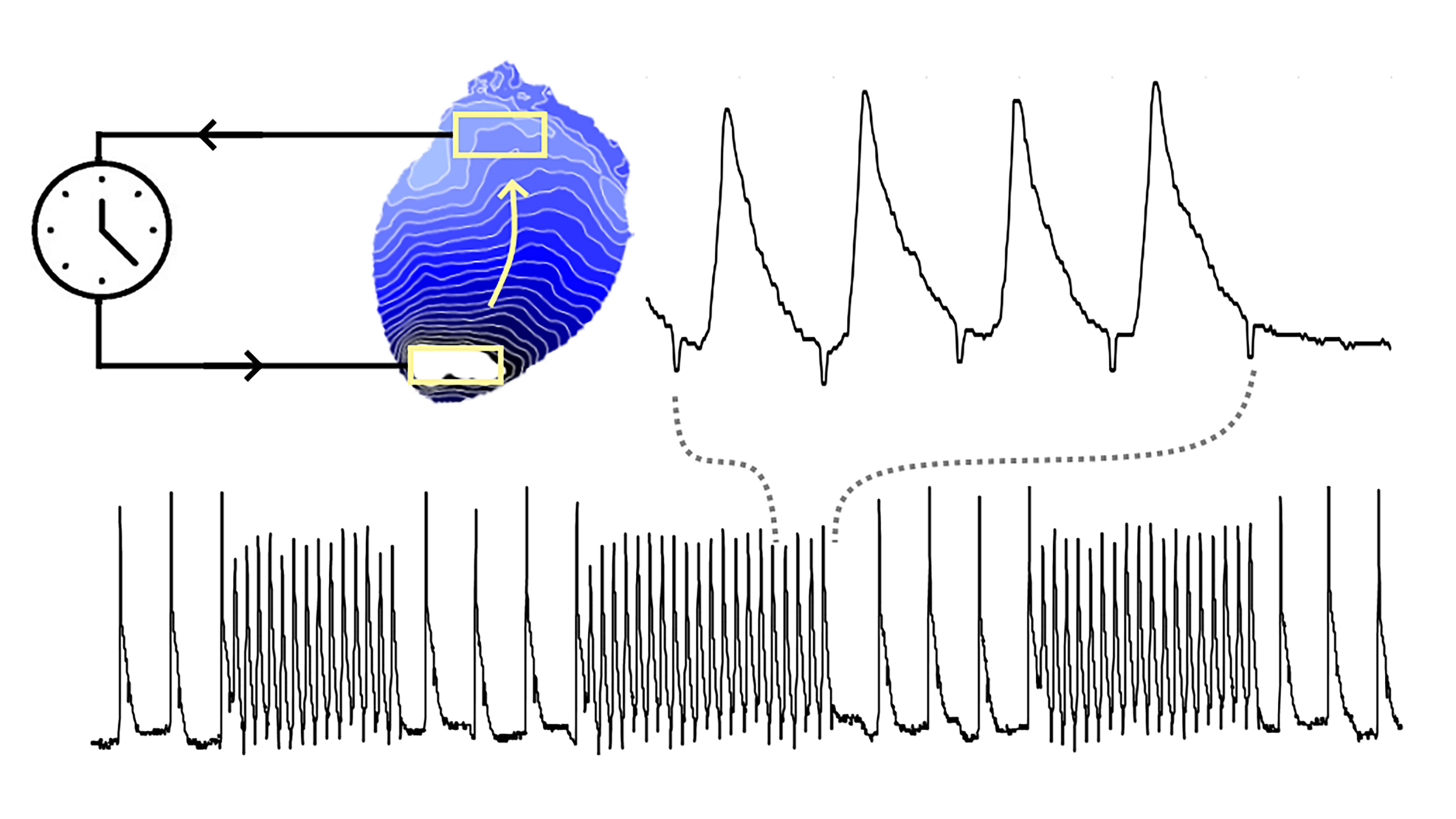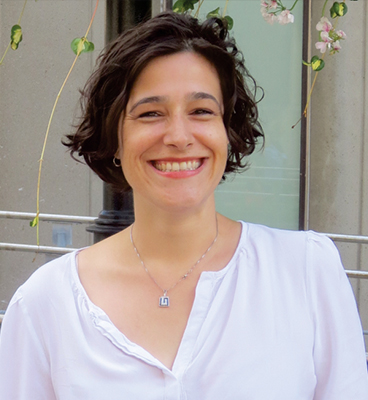Measuring stress activity directed to the blood vessels of muscles could allow researchers to measure pain objectively, according to a new study.
Tag: McGill University
Cultivating a Music Studio to Sound Like an Indoor Forest #ASA183
At the 183rd ASA Meeting, researchers will describe “The evolution of Blackbird Studio C,” a space designed to provide an accurate and immersive mixing and production environment. They wanted to create a unique, ambient anechoic space that would allow ambient sound to decay equally across different frequencies and be free from interfering reflections, making it sound like an indoor forest. So they covered the walls and ceiling with primitive root diffusers. This technology causes sound energy to diffuse and radiate in many directions.
Collaborative Research Institute Kicks Off Canadian Food Safety and Science Series Featuring McGill University Scholars
Fall and winter 2021 IAFNS webinar series highlights topical research from Canadian universities on polymers in sustainable packaging, antioxidants in cereal grains, and many other presentations.
Does Visual Feedback of Our Tongues Help in Speech Motor Learning?
When we speak, we use our auditory and somatosensory systems to monitor the results of the movements of our tongue or lips. Since we cannot typically see our own faces and tongues while we speak, however, the potential role of visual feedback has remained less clear. In the Journal of the Acoustical Society of America, researchers explore how readily speakers will integrate visual information about their tongue movements during a speech motor learning task.

Controlling Cardiac Waves with Light to Better Understand Abnormally Rapid Heart Rhythms
Over 300,000 people die each year in the U.S. due to sudden cardiac death. In many cases, sudden cardiac death is caused by abnormally rapid heart rhythms called tachycardias, which means the heart cannot pump adequate blood to the body. In Chaos, researchers use mice to study tachycardias and find there are intrinsic mechanisms that exist in heart tissue that they hypothesize lead to the self-termination of rapid cardiac rhythm.

Managing Expectations
In our series, The ECS Community Adapts and Advances, Janine Mauzeroll reflects on balancing professorship and motherhood while home schooling and dealing with loss. Janine is Associate Professor of Chemistry at McGill University, Canada. She received her PhD at the University of Texas at Austin, US, and did her postdoc at the Université de Paris, France.